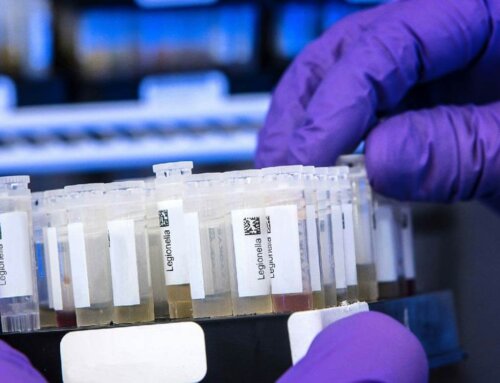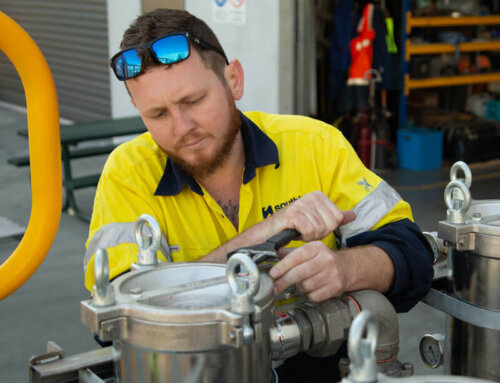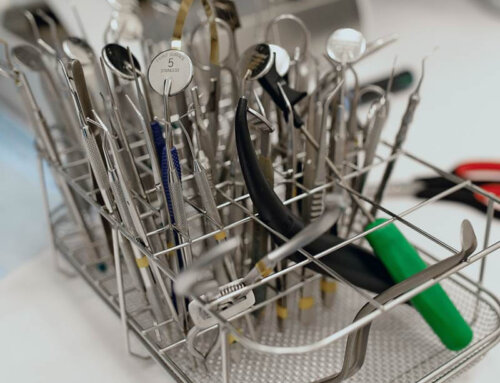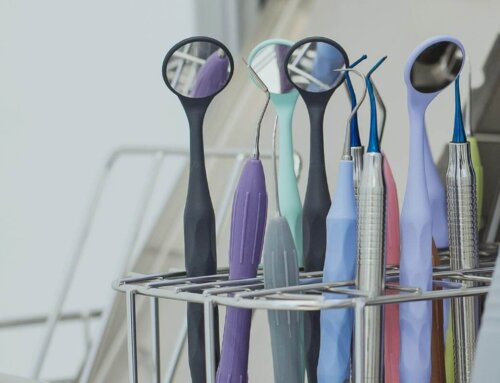Date: 17/01/2023
Read Time: 3 minutes
Author: Dr Surani McCaw, B.E. (Chemical), Ph. D.
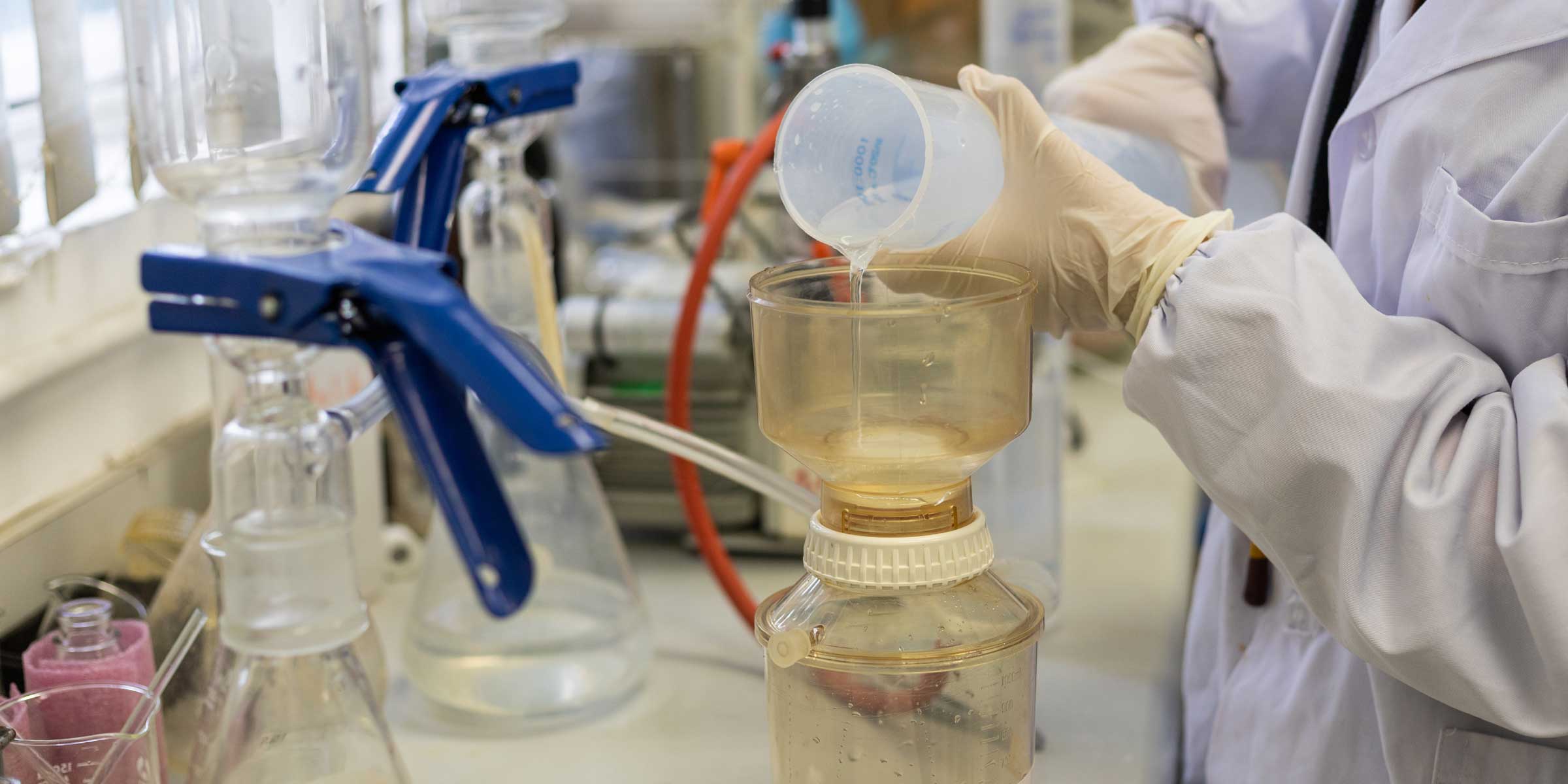
Key points:
- When evaluating microbial results, they must achieve accuracy, specificity and precision
- The two critical elements to achieve AS5369:2023 compliance is the point of sampling and the test methodology
- Membrane filtration test method as stipulated in AS5369:2023 must be used. Pour plate test method must not be implemented
Introduction
Failing to promptly spot microbial issues in the water filtration plant of your Central Sterilisation Supply Departments (CSSD) can lead to delays in fixing problems and figuring out where the contamination is coming from. This can seriously affect the health of patients, as well as the budgets for running day-to-day operations to make the necessary investments in your healthcare facility.
Using a suitable methodology helps avoid unexpected expenses by preventing the need for unplanned replacements of the water filtration system.
When checking the microbial quality of the final rinse water in washer-disinfectors, including Automatic Flexible Endoscope Reprocessors (AFERs) in CSSDs, the results need to meet the following criteria:
1. Accuracy – This is critical in determining how close the measurement is to its true value
2. Specificity – This reduces the number of false positives
3. Precision – This determines the reliability of the test method
Two elements are critical when trying to achieve accuracy, specificity, and precision in evaluating AS5369:2023 compliance – the point of sampling, and the test methodology. When both are conducted correctly, it will provide an accurate evaluation of the microbial health of the water filtration plant.
Correct Water Sampling in CSSD Water Filtration Plants
We’ve outlined the correct locations the water samples must be taken from in our article Effective CSSD Water Sampling for AS5369:2023 compliance.
Correct Test Methodology in CSSD Water Filtration Plants
According to the AS5369:2023 standard, the test methodology for Total Viable Count (TVC) should be as per ISO 15883-1 and the Department of Health (UK) HTM 01-01 series.
The ISO 15883-1 test methodology stipulates:
- Sample be processed within 4 hours.
- If this is not possible (depending on travel distance), the sample must be transported between 2 – 5°C and it must be processed within 48 hours from the time of sampling.
- The 100ml volume of sample must be processed using membrane filtration and cultured using R2A media between 28 and 32°C for 5 days.
Risks with pour plate method
Pour plate is the most common method used for isolating and measuring TVC. When using pour plate method in CSSD and Endoscopy applications, there is a risk of inaccurate results where the bacteria count can be shown to be less than the actual. This is due to the following key points:
- Uses 1 ml samples hence the original water sample must be serially diluted using sterile distilled water or sterile broth – note AS5369:2023 standard stipulates testing of 100 ml volume of water not 1 ml
- Molten media at 40 to 45°C (max. 55°C) can affect heat sensitive micro-organisms such as Pseudomonas aeruginosa
- As the water sample is mixed with molten media, micro-organisms which require oxygen to grow (i.e. obligate aerobes such as Pseudomonas aeruginosa) may not be identified if they are at the bottom of the plate
Therefore, pour plate method is not fit for purpose and should not be used to evaluate TVC compliance with the standard.
The correct test methodology is also important to check compliance with chemical (both organic and inorganic) purity. If the test methodologies to evaluate chemical purity is also not fit for purpose, it can lead to far-reaching consequences. This includes compromised patient health and significant impacts on operational and capital expenditure budgets.
Representative sampling and the implementation of fit-for-purpose test methods is just as important as the correct design of a Reverse Osmosis plant. It is like the pillars of good health. We not only have to stick to good eating habits, exercise and sleep routines but must also have regular health checks with our GPs to be confident that we are healthy. Ensure your CSSD follows these pillars of compliance with the correct sample locations and testing method.
Get in touch
Uncover tailored solutions for your compliance journey and discuss how we can help you implement AS5369:2023 standards seamlessly. Free call 1800 656 771 or email Dr McCaw.


